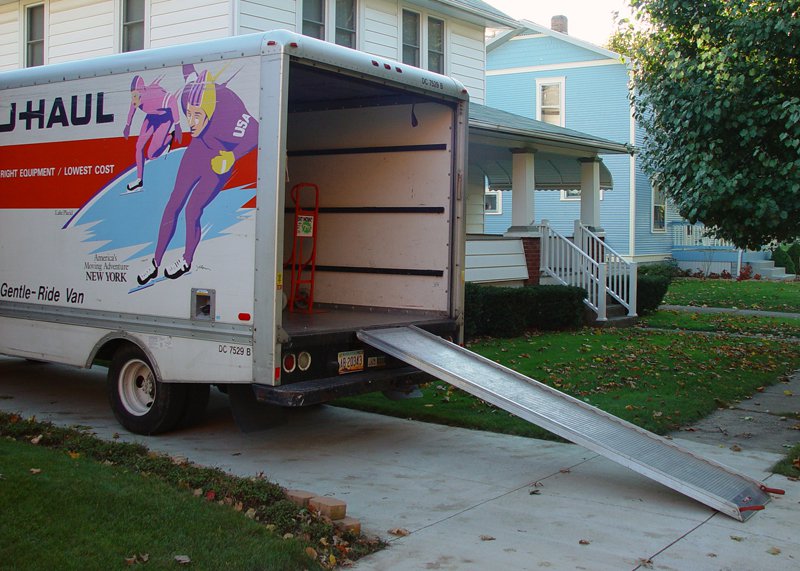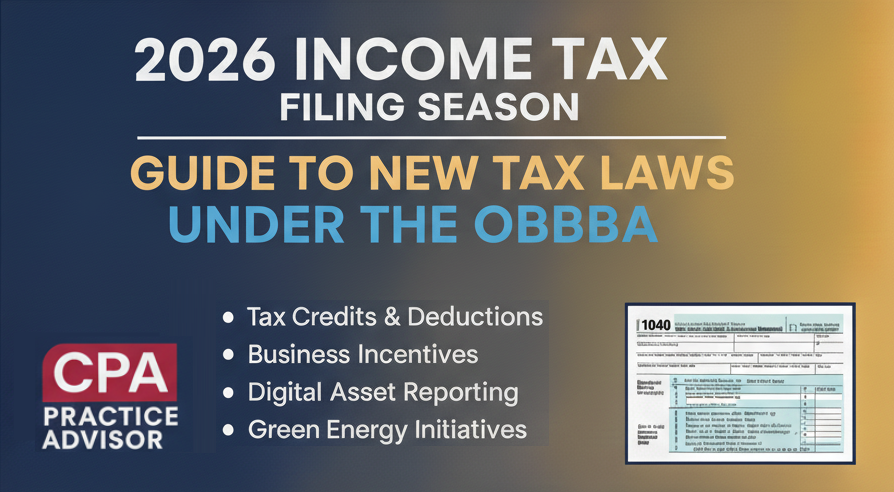It’s not unusual for companies to transfer employees to different office branches, sometimes halfway across the country. Naturally, it’s costly for these employees to pick up and move, so an employer may reimburse the workers for certain expenses. Are the reimbursements exempt from federal income tax? It depends.
Generally, the tax exclusion applies to reimbursements covering costs that would have been deductible as job-related moving expenses paid or incurred by employees on their personal tax returns. And those requirements are somewhat convoluted.
To qualify for deductions relating to a job move, an employee must meet a two-part test involving both distance and time.
1. Distance: Your new job location must be at least 50 miles farther from your old home than your old job location was from your former home. For this purpose, the IRS uses the shortest of the most commonly traveled routes to measure the distance between the two points.
2. Time test: You must work full-time for at least 39 weeks during the first 12 months after you arrive in the general area of the new job. Note that you don’t have to work for the same employer as long as the 39-week test is satisfied.
It can be difficult to qualify for deductions under these rules. In particular, you may be tripped up by the distance test. For example, suppose an employee working in Northfield is being transferred within state to the company’s office in Southfield. Currently, the employee lived 10 miles from the worksite in Northfield, but the new job location in Southfield is 55 miles from that home. The employee plans to buy a home 25 miles from the new job in Southfield.
[This is part of a fringe benefits tax series by our resident tax expert, Ken Berry, J.D., on the “sweet 16” fringe benefits on the books for 2016.]
Because the new job is only 45 miles farther from the old home than the old job was, the employee would not be able to deduct moving expenses in this situation. In essence, the IRS doesn’t care how far away you live from your new job.
What sort of expenses are normally deductible? You can deduct the cost of packing, crating and transporting your household goods and personal effects, as well as items owned by other members of your household, from your former home to the new place. In addition, the cost of transportation and lodging for yourself and household members while traveling from your former home to your new home is deductible.
Conversely, you can’t write off indirect costs of moving, including meals incurred in transit, househunting trips, temporary living expenses and attorney’s fees and real estate commissions related to the move.
This tax exclusion applies to amounts directly or indirectly provided to employees, (including services furnished in kind) as payment for, or in reimbursement of, moving expenses. The reimbursements are governed by the rules for travel, meal and entertainment expenses under accountable plans. For payments made under a nonaccountable plan, the reimbursements are treated as taxable compensation to employees. Rely on your payroll department to handle the details.
Thanks for reading CPA Practice Advisor!
Subscribe Already registered? Log In
Need more information? Read the FAQs




![natural_disasters_list_1_.56117a5e5df03[1]](https://www.cpapracticeadvisor.com/wp-content/uploads/2021/12/natural_disasters_list_1_.56117a5e5df03_1_.61c1db14bf0ea.png)